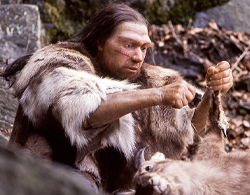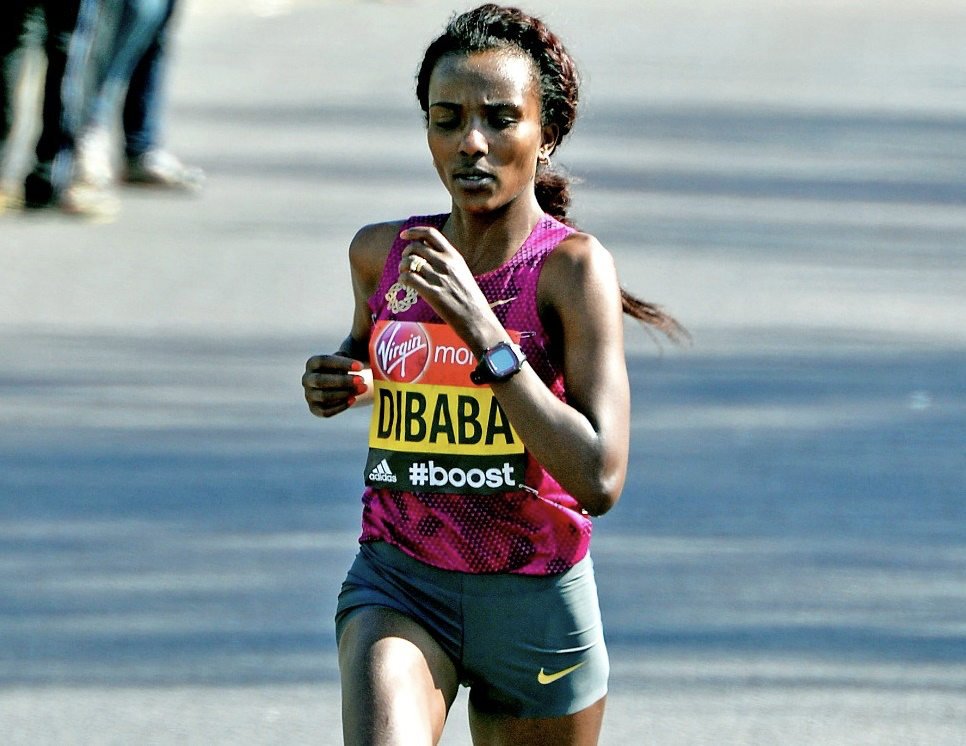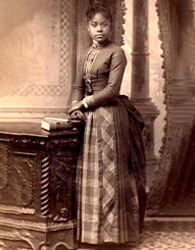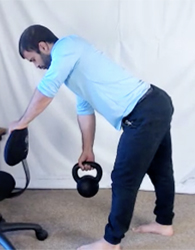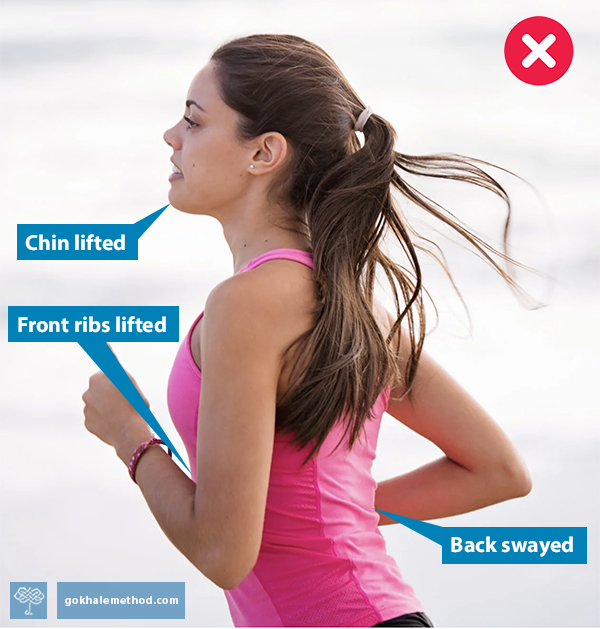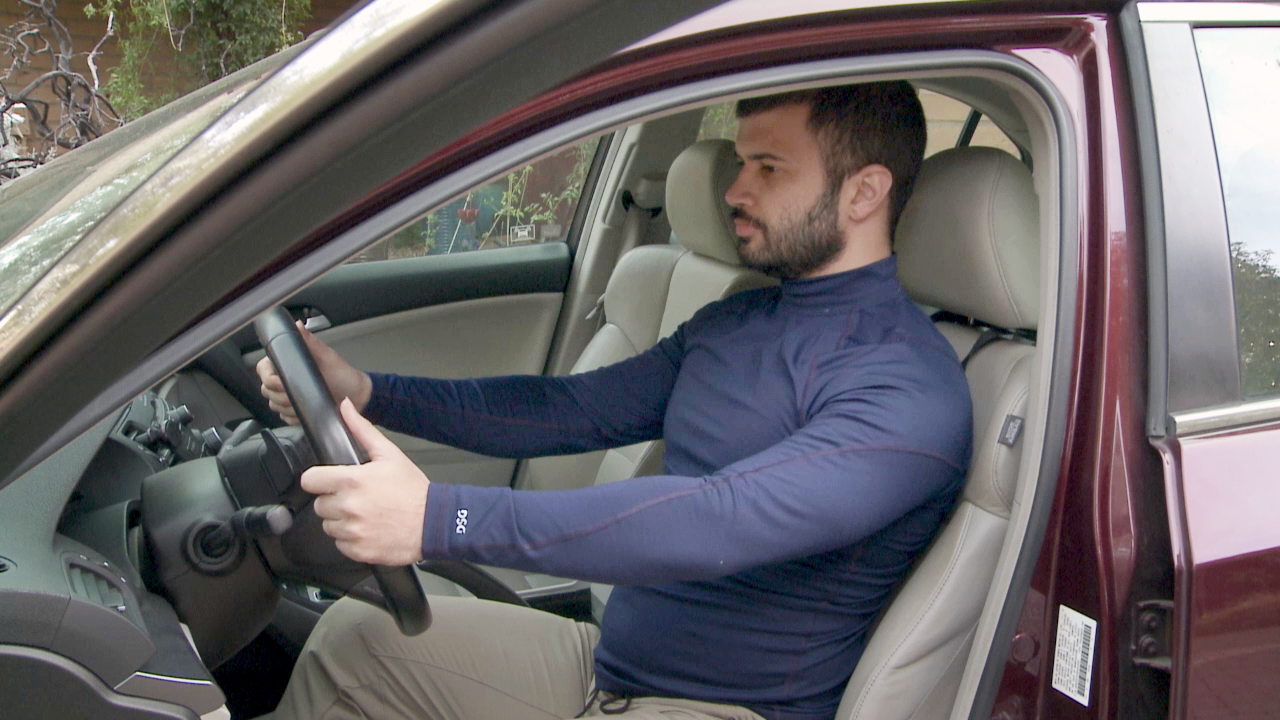October 16 is World Spine Day, which makes this the perfect time to share with you a fascinating piece of recent research about the human spine.
In April I was contacted by Scott Williams PhD, Associate Professor at the Center for the study of Human Origins, Department of Anthropology, New York University. He and his team of anthropologists had recently published a scientific paper that concluded that understanding the spines of Neanderthals, a human ancestor, may explain the back pain experienced by humans today.
Who were the Neanderthals?
The Neanderthals populated Europe and Asia between about 400,00 and 40,000 years ago. Neanderthals became extinct, but are considered one of our most recent evolutionary ancestors. Research shows there is DNA evidence that they interbred with early human populations.
Get Updates on the Latest Blog Posts
Welcome to the sixth blog post in our series on running. My name is Michelle Ball, and I am a Gokhale Method® teacher living in Tasmania. I am also a lifelong runner and am passionate about sharing the benefits of healthy posture with the running community, be that beginners, seasoned runners, or anyone in between. Even if you walk rather than run, the posture principles outlined in this post can still help you to enjoy an active and pain-free body well into old age.
Running with a well-positioned upper body
In this post we will consider the upper body. Runners are inclined to pay far less attention to the upper half of the body than the lower half, as they focus on gait pattern, cadence, footwork, and propulsion. This is hardly surprising, but the lower body, while super-busy, really is just half the story.
Healthy posture in the upper body brings the following benefits:
Protected spinal structures
Improved biomechanics
Unimpeded flow and momentum
Support that makes the body feel lighter
Athletic appearance
I have often written about the elegance of people in bygone years. The women, sometimes corseted, show striking deportment.
The excesses of nineteenth-century fashion understandably gave corsets a bad name. Extreme tight lacing had some terrible effects, imposing some drastic anatomical remodeling:
The stomach and liver are crammed down, with the ribs compressing into drooping S-loops. The neural spines of each vertebra, the little projections that stick up from the central body of each bone, are also pushed out of place. Normally they stack nicely one atop the other in a neat midline ridge, but in long-term corset wearers these spindles of bone jut to this side or that.
Science writer Brian Switek in Skeleton Keys: The Secret Life of Bone.
Using the word “eccentric” might sound like I’m about to write about muscles behaving in weird ways that are different from usual muscle behavior!
But what I’m referring to, eccentric muscle contraction, is often pronounced ee-sen-trik, not ek-sen-trik.
How muscles contract
Eccentric muscle contraction is the reverse of the concentric contraction that we typically associate with muscle training. For example, the dumbbell curl that makespops up the bicep prominent as you lift the weight towards your shoulder is a concentric contraction. The muscle contracts and shortens. But lowering the dumbbell back down again, which requires the muscle to lengthen, also takes
Welcome to the fifth blog post in our series on running. My name is Michelle Ball, and I am a Gokhale Method® teacher living in Tasmania. I am also a lifelong runner and am passionate about sharing the benefits of healthy posture with the running community, be that beginners, seasoned runners, or anyone in between. Even if you don’t run, but do want an active and pain-free body well into old age, this blog post is for you!
What is an anteverted pelvis?
Pelvis refers to the bony pelvis, and means basin, or bowl, in Latin. Anteverted means tipped, turned, or inclined forward, from the Latin ante to go before or in front, and vertere to turn. So we are referring to a pelvis that tips forward.
Welcome to the second blog post in which I am delighted to tell you more about our exciting recent TV project. If you missed it, you can read The Secrets of Pain-Free Sitting, Part1: The Inspiration behind a New TV Show here.
Getting the Gokhale Method out there
People are sitting poorly and continue to blame sitting for their back pain. And so we created Secrets to Pain-Free Sitting, a pledge show that the Gokhale Institute made with producer Frank Zamacona for American Public Television (APT). The solution to back pain has never been so urgently needed—and now, with our new 45-minute show, so available.
Cycling has been a passionate sport and hobby of mine for decades. I am no longer a professional bike racer; I am now a mother and Gokhale Method® teacher. As a result, I have become more observant of what can “go wrong”, posturally speaking, when riding a bicycle. And I work to improve my posture as I pedal. For example, it takes vigilance to keep my shoulders back and my head aligned with my torso. I now know how cycling can enhance my form, and vice versa. I also enjoy modeling key posture principles to guide my daughters and partner so that they too can be comfortable and healthy on a bicycle.
Cycling is a part of family life
In this blog post I would like to share with you some of the cycling activities and posture tips that have benefitted us as a family. Prior to parenthood, my partner and I raced and trained together for many years, traveling to quite a few states and even abroad to indulge our passion. When our daughters were born we decided that, at least in our busy city, Somerville, MA (the most densely-populated city on the Eastern Seaboard, USA!), we would get about with them on bicycles instead of driving.
People are sitting poorly and continue to blame sitting for their back pain. We believe the solution to this problem is more urgently needed than ever… and that the solution is now more readily available than ever, given one of the Gokhale Institute’s recent projects. I am excited to tell you about The Secrets to Pain-Free Sitting, a pledge show we made with producer Frank Zamacona for American Public Television (APT).
Sitting has become a problem
In recent years people have become confused about and even afraid of sitting. Sitting is considered problematic in our society, both because it is associated with an unhealthy level of inactivity, and because it is generally done with poor posture, leading to discomfort and pain.
Welcome to the fourth blog post in our series on running. My name is Michelle Ball, and I am a Gokhale Method® teacher living in Tasmania. I am also a lifelong runner and am passionate about sharing the benefits of healthy posture with the running community, be that beginners, seasoned runners, or everyone in between. Even if you don’t run, but do want happy, pain-free knees well into old age, this blog post is for you!
Common knee injuries and pathologies
As hinge joints situated in the middle of long, weight-bearing limbs, knees can be vulnerable to injuries. Let’s take a look at some common knee problems, and their solutions…
Ligament tears may result from twists, or the sudden changes of direction that are common in soccer or basketball—or from an awkward landing while running.

